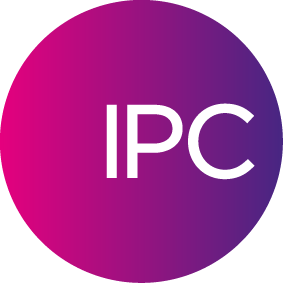Connectivity and communication – key drivers of an effective trading ecosystem
While today’s trading environment may look and feel completely different vs. 50 years ago, technology evolution in financial markets has primarily focused on the two key drivers of connectivity and communication.
It is also important to note that no markets – nor transaction lifecycles – are completely automated/electronic from end to end. Despite continuing ‘electronification’ of trade execution workflows, there IS still a vital role for voice communications solutions and innovation. Even when trades are routed through electronic channels, trading professionals still use voice, chat and email channels for associated pre- and post-trade activity in the transaction lifecycle. Yesterday’s turret has become today’s terminal and device.
The pandemic (and post-pandemic ‘new normal’) has underscored the fundamental requirement to connect this multitude of communications channels together efficiently, in order to enable traders to work away from the trading floor exactly as if they were on the trading floor, on mobile phones and in home offices, while remaining compliant with employers’ and regulators’ onerous trade surveillance, security and data protection obligations. There is significant demand for ‘soft’ trading environments, including virtual devices, that replace physical trading desk hardware with software-based applications, fully integrated with other trading desk tools and accessible on and off physical trading floors.
More recently, the advent of digital assets and technologies are introducing myriad new players and potential trading connections into the trading supply chain, bringing with it the potential evolution of traditional, centralized markets’ infrastructure to a more decentralized, democratized approach to financial services and transactions.
Financial markets have certainly come a long way in a relatively short time from a trading environment of open outcry pits, broker ‘voice boxes’, telephones and telexes, with manual trade recording, reconciliation and settlement. Not only has technology transformed the trading function, it has also opened up financial markets (and access to them) to more and more participants, trading venues and ‘end points’, all of which need to be connected.
In this 4.0 technological age, with an increasingly techno-savvy demographic occupying traditional trading roles, technology has to be multi-faceted and multi-dimensional. An increasingly ‘distributed’ workforce, particularly post-pandemic, requires highly interoperable, multi-channel communications that must satisfy ever more rigorous transparency and conduct-driven regulatory compliance obligations. Beyond this, it must also be able to capture, consolidate and distribute market data from multiple, multiplying end points, and integrate it within internal and external workflows.
We know from talking to customers that investment in new trading-related technologies, systems and platforms is a key business driver in the coming years, particularly in relation to the establishment of a fully connected, fully integrated trading infrastructure that links together all participants in the ‘trading supply chain’ – sell and buy side firms, platforms, exchanges, clearing and settlement systems, custodians, market data providers and all those involved in the trading lifecycle. IPC enthusiastically embraces the future and looks forward to supporting customers and financial markets for the next 50 years.

